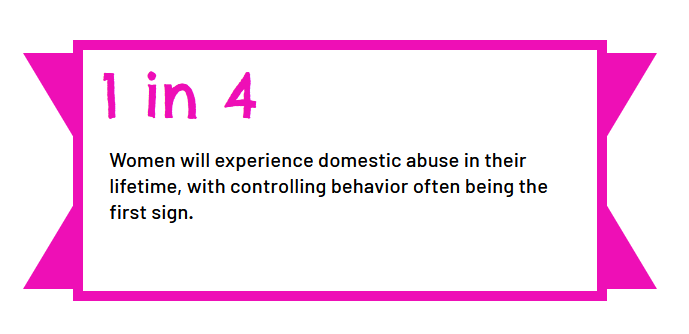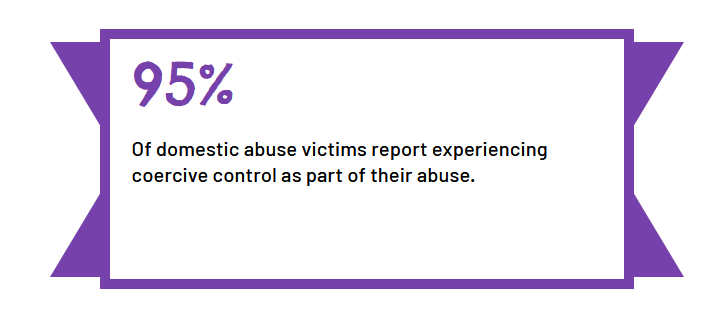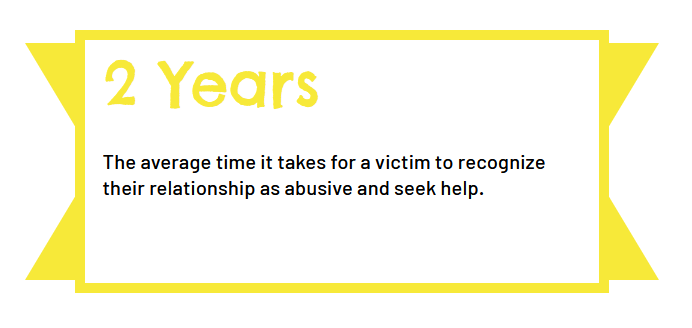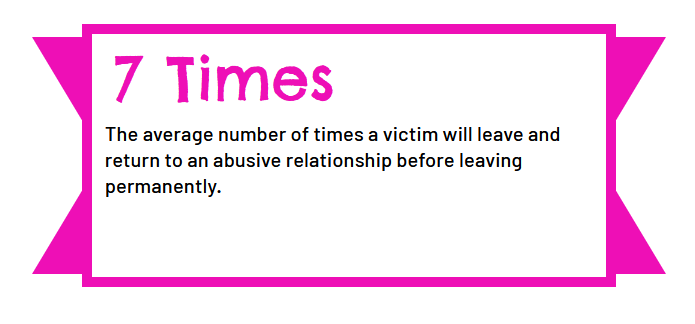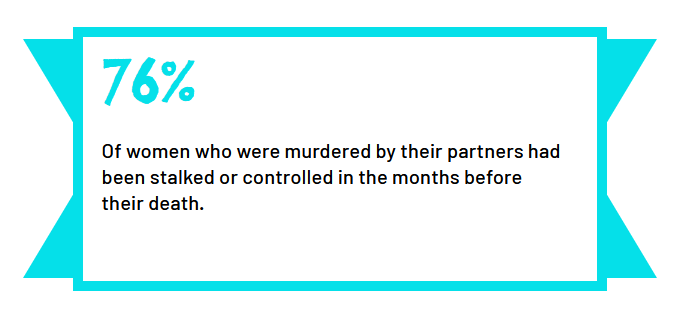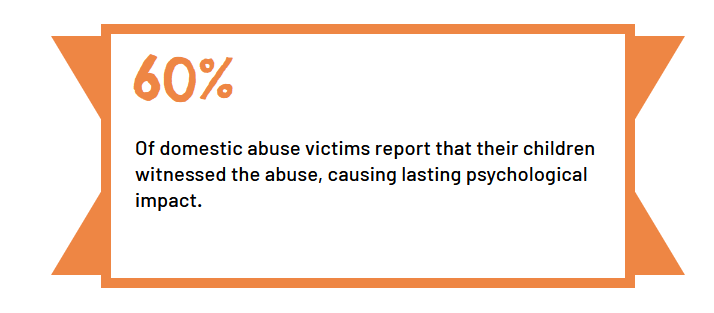
Understanding Narcissistic Abuse
What is Narcissistic Abuse?
Narcissistic abuse is one of the most insidious and difficult forms of emotional abuse to recognize.
It often hides behind charm, grand gestures, and the illusion of love. For many women in relationships, it starts subtly—so subtly that you may not even notice it’s happening until you’ve already begun to lose pieces of yourself.
This information is useful if you are struggling to make sense of the confusion, self-doubt, and exhaustion that comes from loving someone who is narcissistic.
If any of this resonates with you, know that you are not alone.
What Narcissistic Abuse Looks Like
Unlike physical abuse, narcissistic abuse is often invisible. It’s carried out through manipulation, control, and psychological games that leave you questioning your own reality. Some common signs include:
Love-bombing: At the beginning, they may shower you with affection, gifts, and attention. It feels intoxicating, like you’ve finally found your soulmate.
Gaslighting: They deny things you know to be true, making you second-guess your memory, feelings, or sanity.
Devaluation: Once they feel you’re attached, the pedestal comes crashing down. They criticize, belittle, or withdraw affection.
Silent treatment and punishment: They withhold communication, love, or intimacy to make you feel desperate and compliant.
Control disguised as care: They may frame controlling behaviour as “just wanting the best for you.”
The cycle of abuse alternates between highs and lows, creating a trauma bond that feels impossible to break.
How It Impacts Women
Being in a relationship with a narcissist takes a toll on every part of your life.
Many women describe:
Loss of identity: You start to forget who you were before the relationship.
Constant self-doubt: You feel like you can’t trust your own thoughts or emotions.
Isolation: They may distance you from family and friends, leaving you dependent on them.
Exhaustion: The emotional rollercoaster leaves you drained and anxious.
Fear of leaving: You worry no one else will want you, or that they will retaliate.
It’s important to know that these effects are not a reflection of your strength or worth—they are the result of psychological manipulation designed to break you down.
Steps Toward Healing
Recognizing the abuse is the first step toward freedom. From there, healing can begin:
Educate yourself – Learn about narcissistic personality traits and abuse dynamics. Knowledge brings clarity.
Trust your instincts – If something feels off, it probably is. You don’t need permission to validate your feelings.
Set boundaries – Even small boundaries, like limiting conversations, are acts of reclaiming power.
Seek support – Whether it’s trusted friends, therapy, or support groups, don’t go through this alone.
Prioritize self-care – Rediscover activities, passions, and relationships that reconnect you with yourself.
Plan your exit safely – If you decide to leave, consider resources like domestic violence hotlines or shelters.
Narcissistic abuse is deeply damaging, but it is not the end of your story.
Many women who have endured it emerge stronger, wiser, and more connected to themselves than ever before.
Healing isn’t linear—it takes time, compassion, and support—but it is absolutely possible.
If you’re reading this and recognizing your relationship, know that you deserve love that uplifts you, not love that diminishes you.
You are not too sensitive, too needy, or too broken. You are worthy, whole, and capable of rebuilding a life rooted in respect and freedom.
Understanding Complex PTSD (CPTSD) After Narcissistic Abuse
Many survivors of narcissistic abuse find themselves struggling with symptoms that go far beyond everyday stress or even the effects of a “bad relationship.”
These long-lasting effects are often best explained through Complex Post-Traumatic Stress Disorder (CPTSD)—a condition that can develop after prolonged emotional trauma, such as being in a relationship with a narcissist.
What is CPTSD?
CPTSD is similar to Post-Traumatic Stress Disorder (PTSD), but it develops in response to ongoing trauma rather than a single traumatic event.
While PTSD is often associated with accidents, natural disasters, or combat, CPTSD is more commonly linked to chronic abuse, neglect, or manipulation—the kind many survivors experience in toxic, narcissistic relationships.
Common Symptoms of CPTSD
CPTSD can affect your mind, body, and sense of self. Survivors often report:
Emotional flashbacks: Reliving feelings of fear, shame, or helplessness without clear memories attached.
Hypervigilance: Constantly being “on edge” or waiting for the next attack.
Difficulty with trust: Struggling to feel safe in relationships.
Negative self-image: Deep shame, self-blame, or feeling “unworthy.”
Emotional dysregulation: Intense emotional ups and downs that feel hard to control.
Avoidance: Withdrawing from people, situations, or memories that feel triggering.
Relationship struggles: Feeling drawn to unhealthy dynamics or fearing intimacy altogether.
How Narcissistic Abuse Leads to CPTSD
Living with a narcissistic partner often involves cycles of love, manipulation, and abuse.
Over time, this constant unpredictability erodes a survivor’s nervous system, leaving them in a state of chronic stress.
The gaslighting, belittling, and isolation tactics of narcissistic abuse can make you feel powerless and trapped—conditions that strongly contribute to CPTSD.
Healing From CPTSD
Recovery is possible, though it takes time, support, and compassion. Survivors may benefit from:
Therapy: At RISE Scotland, we offer a specialist Psychotherapy service to help you understand what you're going through, and aid your recovery process (see our services page).
Education: Learning about CPTSD helps normalize your experiences and reduces shame.
Safe connections: Building supportive, healthy relationships can help rewire the nervous system.
Self-care and grounding: Practices like journaling, mindfulness, or gentle exercise support healing.
Patience: Healing is not linear—there will be ups and downs, but progress is possible.
If you’re experiencing symptoms of CPTSD after narcissistic abuse, you are not broken—you are healing from deep wounds.
What you’re feeling is a natural response to prolonged trauma, not a personal failing.
With the right support, it is possible to reclaim your sense of safety, identity, and peace.
